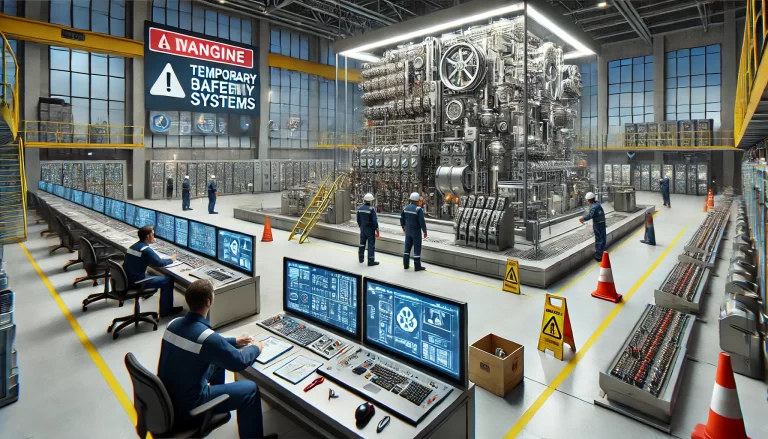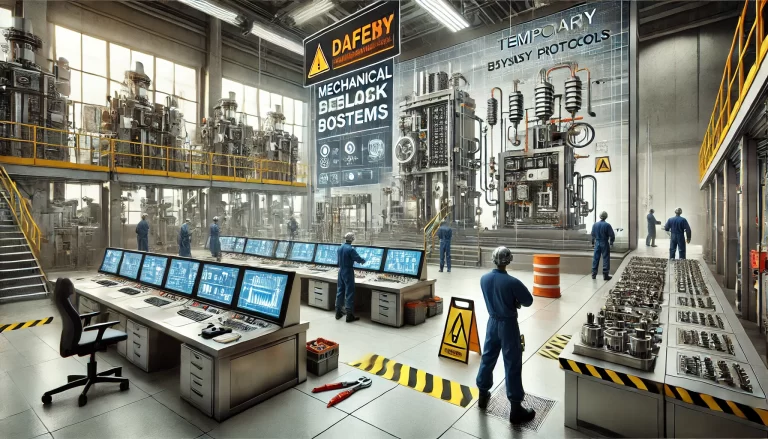Introduction In the fields of industrial automation and hazardous environment control, Intrinsic Safety (IS) stands out as a critical explosion protection technique. As industrial production continues to evolve, there is an increasing demand for higher levels of safety and reliability in equipment. Understanding and mastering the principles and applications of Intrinsic Safety are essential to prevent catastrophic accidents. This article provides a comprehensive exploration of the definition, working principles, standards, applications, certification processes, advantages, challenges, and future trends of Intrinsic Safety.
1. Definition of Intrinsic Safety Intrinsic Safety is an explosion protection technique designed to prevent sparks or excessive heat from igniting flammable gases, vapors, or dust in hazardous environments. The core principle of IS is to limit the energy (voltage and current) in an electrical circuit to levels below the ignition threshold, even in fault conditions.
Example: In oil refineries, intrinsically safe devices ensure that even if an electrical fault occurs, the energy released will not ignite volatile hydrocarbons.

2. Working Principles of Intrinsic Safety Intrinsic Safety operates through several key principles:
Energy Limitation: Voltage and current are reduced to levels insufficient for ignition.
Isolation Protection: Devices like isolators and transformers separate hazardous zones from safe zones.
Voltage Regulation and Current Limitation: Stabilizers and resistors ensure consistent safe energy levels.
Fault Monitoring: Circuit designs anticipate possible fault scenarios to maintain safety.
Visual Aid: A diagram showing an IS circuit with energy-limiting components (e.g., resistors, isolators).
3. Standards Governing Intrinsic Safety Compliance with established safety standards is mandatory for IS equipment. Key standards include:
IEC 60079-11: International standard defining IS requirements.
GB/T 22367: Chinese national standard for IS electrical equipment.
ATEX Directive: European directive outlining IS requirements.
These standards ensure the global consistency and reliability of IS systems.
Example: A mining company in Europe must comply with ATEX standards when installing IS lighting systems underground.

4. Applications of Intrinsic Safety IS technology is widely adopted across industries where explosion risks are present:
Oil and Gas: Preventing ignition risks in refineries and offshore drilling platforms.
Chemical Industry: Ensuring safety during chemical reactions involving flammable substances.
Pharmaceuticals: Safeguarding facilities processing volatile solvents.
Mining: Protecting workers in underground environments.
Food Processing: Handling flammable dust or gases in certain food production processes.
Example: Intrinsically safe gas detectors are standard equipment in oil drilling operations.
5. Certification Process for Intrinsic Safety Equipment To ensure compliance with IS standards, equipment undergoes a rigorous certification process:
Design Evaluation: Initial design assessment for compliance with IS principles.
Testing and Validation: Independent laboratories perform electrical and environmental tests.
Certification Review: Documentation and results are reviewed by certification bodies.
Issuance of Certificate: Approved equipment receives IS certification.
Periodic Audits: Regular checks ensure ongoing compliance.
Visual Aid: A flowchart showing the IS certification workflow.

6. Advantages and Challenges of Intrinsic Safety
Advantages:
High Safety Standards: Minimizes explosion risks effectively.
Reliability: Designed for fault tolerance and durability.
Broad Applicability: Suitable for diverse industries.
Challenges:
High Costs: Development and testing expenses are significant.
Technical Expertise: IS design requires specialized skills.
Complex Maintenance: Repairs and inspections follow strict protocols.
Example: An IS-certified gas detector may cost significantly more but ensures higher reliability in critical environments.
7. Future Trends in Intrinsic Safety As industrial technology advances, Intrinsic Safety is also evolving. Key future trends include:
Smart Integration: IoT and real-time monitoring enhance operational efficiency.
Lightweight Designs: Innovative materials reduce device weight.
Modular Systems: Simplified installation and reduced costs.
Eco-Friendly Solutions: Sustainable technologies minimize environmental impact.
Example: Smart IS sensors can transmit real-time environmental data for predictive maintenance.

8. Conclusion Intrinsic Safety remains a cornerstone of explosion protection in hazardous environments. Its principles, reinforced by international standards, continue to safeguard industries from catastrophic incidents. As technology progresses, IS is expected to become smarter, more efficient, and environmentally sustainable.
For professionals and organizations, continuous learning and adaptation to emerging IS technologies are crucial. Through strict adherence to certification processes and standards, industries can achieve both safety and productivity, paving the way for a secure and efficient future.
Call to Action: Companies should invest in IS training programs and adopt state-of-the-art IS solutions to stay ahead in safety and compliance.
